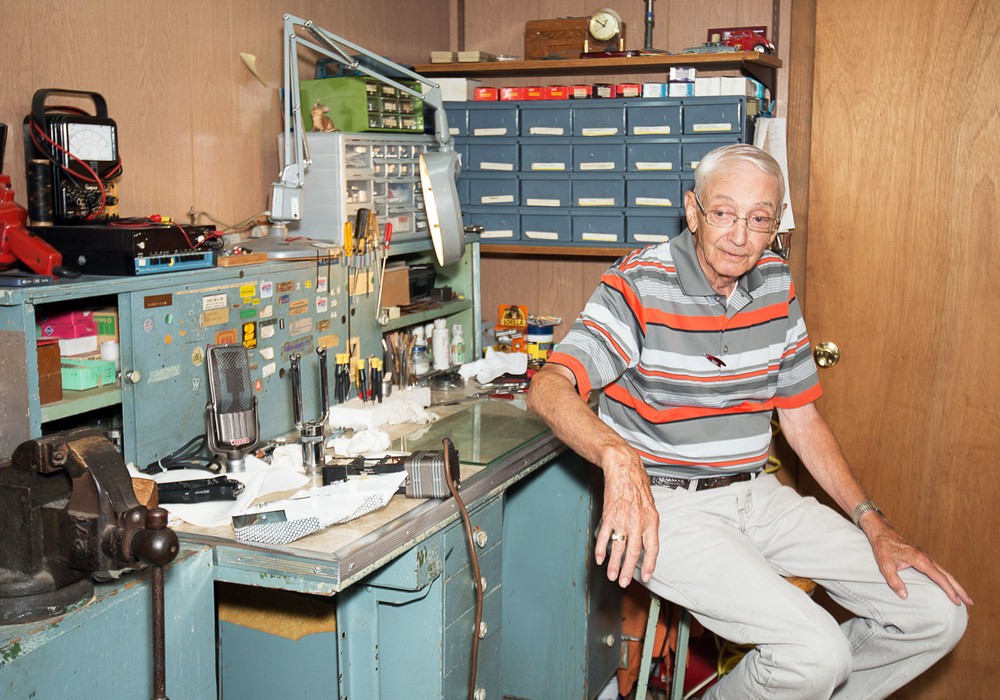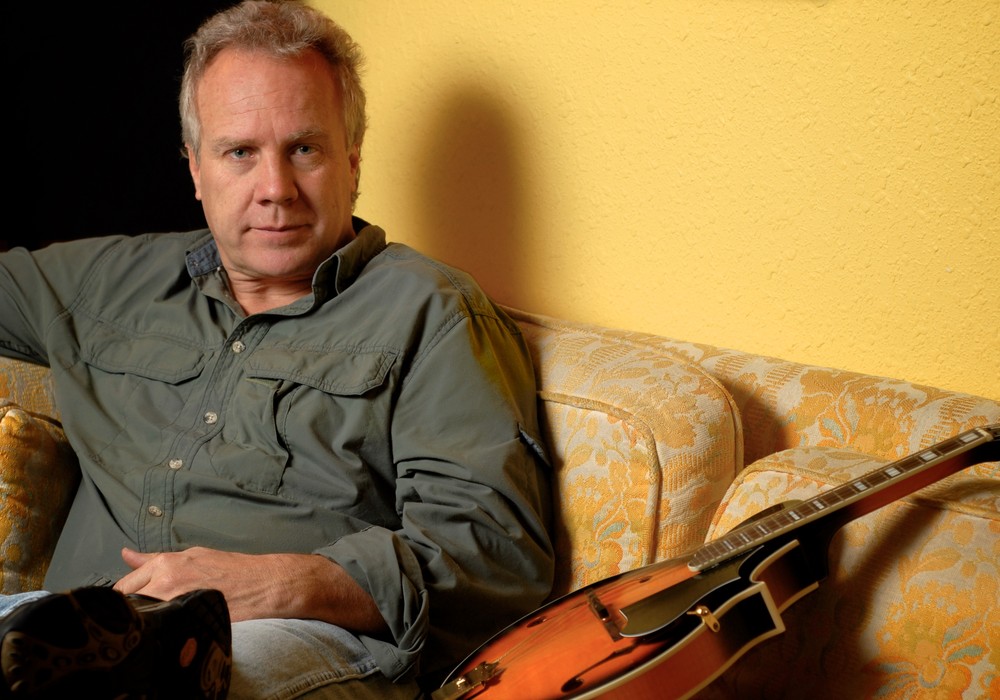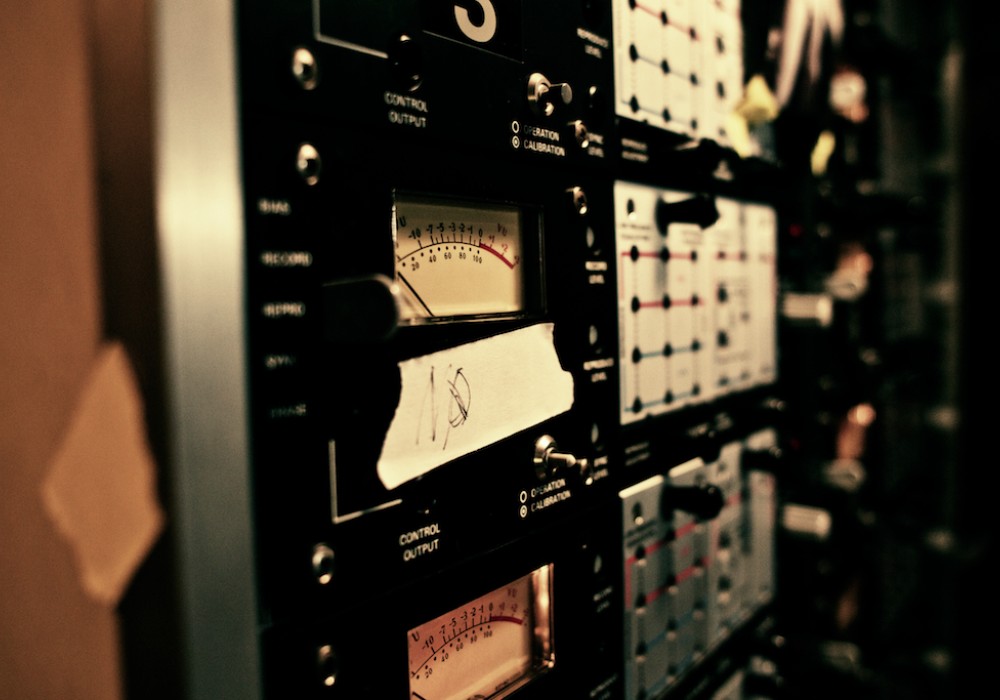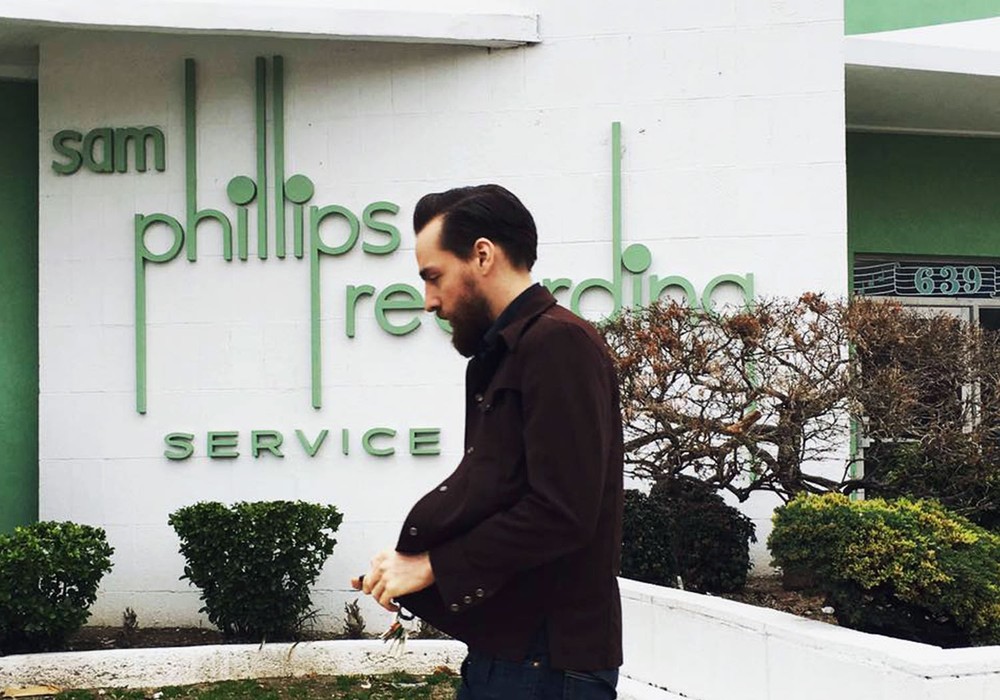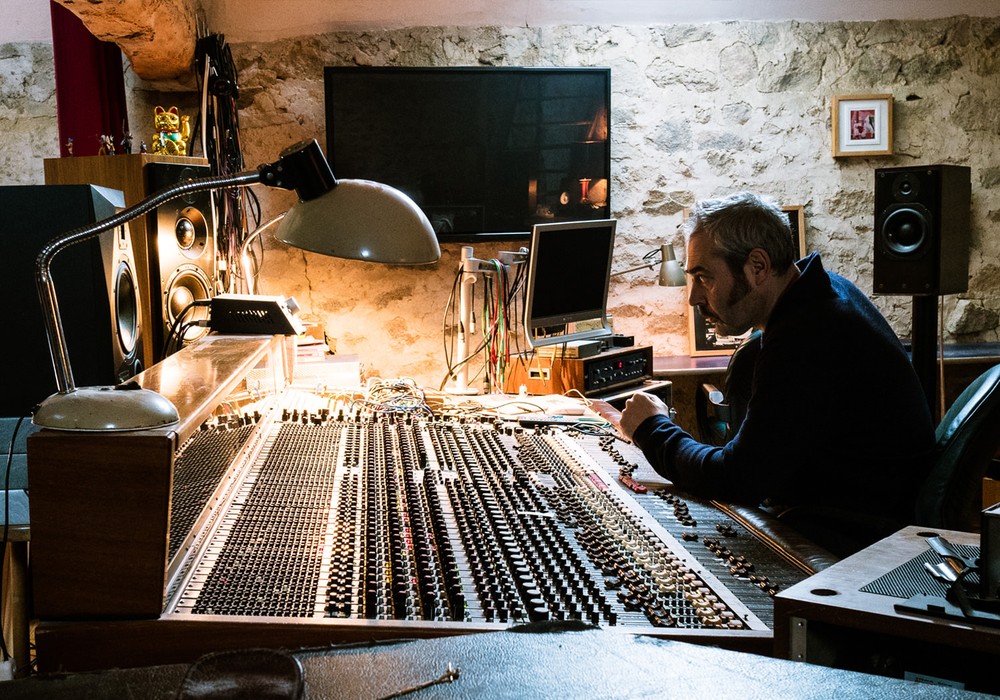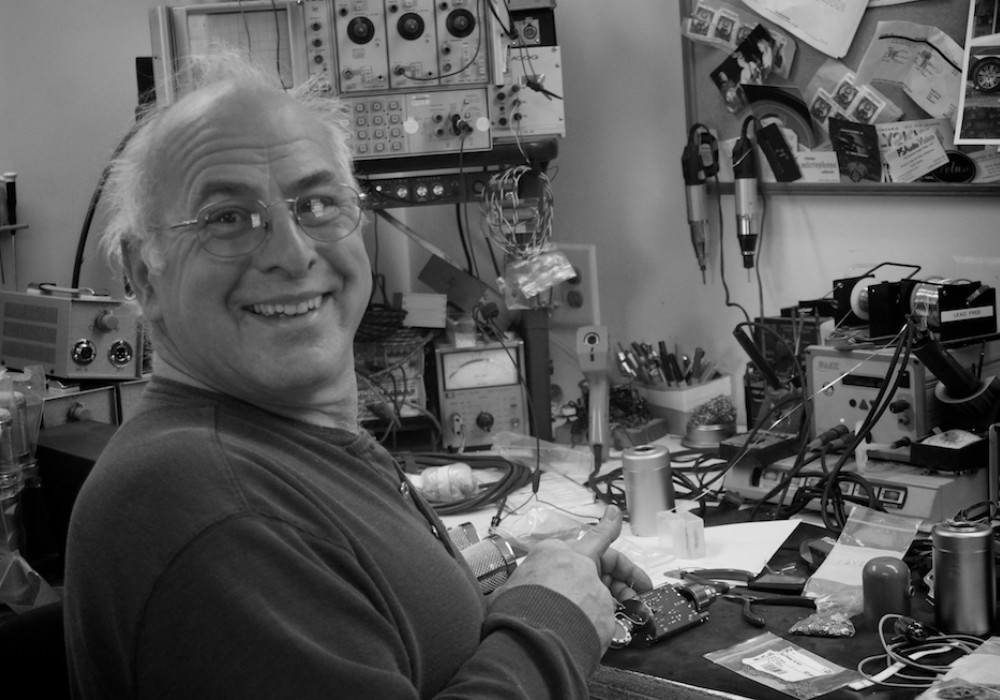In the fall of 2008 I was hired to help build a temporary home studio in the California coastal town of Bolinas, where Devendra Banhart was planning to start tracking a new album. I was excited about the project, and when I started talking on the phone to producer Paul Butler I quickly got a great vibe from him. I knew the project was going to be fun and run smoothly with his presence. Paul is in a fantastic band from the Isle of Wight called The Bees (known as A Band Of Bees in the US due to a name conflict). On the second day of January 2009, I drove to Bolinas to catch some surf and talk to Paul about recording. He was about a month into the three-month sessions that yielded Devendra's recent album, What Will We Be.
Were the Bees your first recording project?
We had three or four projects before the Bees. My first bit of recording training was with a man called Max Brennan at my home on the Isle of Wight. He had a studio in his front room — that was my source of inspiration for getting a studio in my bedroom. Later the Bees started recording in a shed in a field on the Isle of Wight with minimal equipment. I think I had a Roland VS-880 [digital recorder] and then it progressed from there. I got a Soundcraft Ghost [console] and later an old '60s Swedish desk. Lots learned in the last few years.
What's the Swedish desk?
It's made by SBC, the Swedish Broadcast Company. There are Germanium [transistors] inside, 20 channels and it was built like a tank for Swedish radio — there's not a huge amount of them around. It's built very well, so it has lasted. I've got an RCA 77-DX from Capital Radio. We did a radio session and they ran out of mics, so the guy there got something from the basement and he thought it was rubbish. I took it off his hands for 100 quid. [$160 USD] Mint condition — a beautiful mic.
The first Bees record you recorded by yourself on the Roland. On the second album you ended up at Abbey Road. How did that happen?
The change from the shed to the greatest studio in the world? It was daunting on the way in, but the inspiration that you feel in that place is pretty instant. The engineer, Alex Scannell, was really sound and everyone felt at home straight away. We got cracking by getting the old sound with the old setup. We got the EMI TG console out and bypassed the newer Neve in there. Everything went from the incredible mics we were using (from the Abbey Road collection) straight into the TG console, either via the [Revolution] REDD preamp and a Fairchild compressor, or maybe a Pultec, straight into the Studer [tape deck]. It was incredible. Then back into the TG again [to mix]. We made the chain as simple as possible, but that got all of the old boys in Abbey Road quite excited. I had some good teachers while I was in there.
But how did you actually end up in Abbey Road? Was it thousands of pounds a day?
It is. I'd bought a pair of HHB Circle 5 speakers years ago with my advance from my first album. They served me quite well until one of the cones went. I sent it back, but when [the company] returned it, I had trouble with mixes after that point. It got to be so much trouble that I said to my manager, "I'm actually up for going to a studio." I really wasn't up for the big studios at that point because the shed worked. We had a Mercury Prize-nominated album via the shed and it was a beautiful place. I said, "I need some help." He said, "What studio do you want?" I said, "I'll have Studio Two in Abbey Road," joking to him. He said, "That's possible. We're on Virgin. It is the EMI group and they do own Abbey Road." He asked and they said, "That's not a problem." All of a sudden we had six weeks in Abbey Road — three weeks recording, three weeks mixing. After all that, I came back home and discovered that HHB had wired the "repaired" speaker out of phase. That's the main reason we went into Abbey Road!
Did you sell enough of the second record [Free the Bees] to pay EMI back for being in Abbey Road?
That will never, ever happen. We left it right there. I've been there once — that's enough.
What's the Isle of Wight like?
Quiet and pretty laid back. All the band and our crew are from the Isle of Wight. It's not too far away from the pace here in Bolinas. You make your own entertainment there. It's quite an inspirational place — plenty of time...
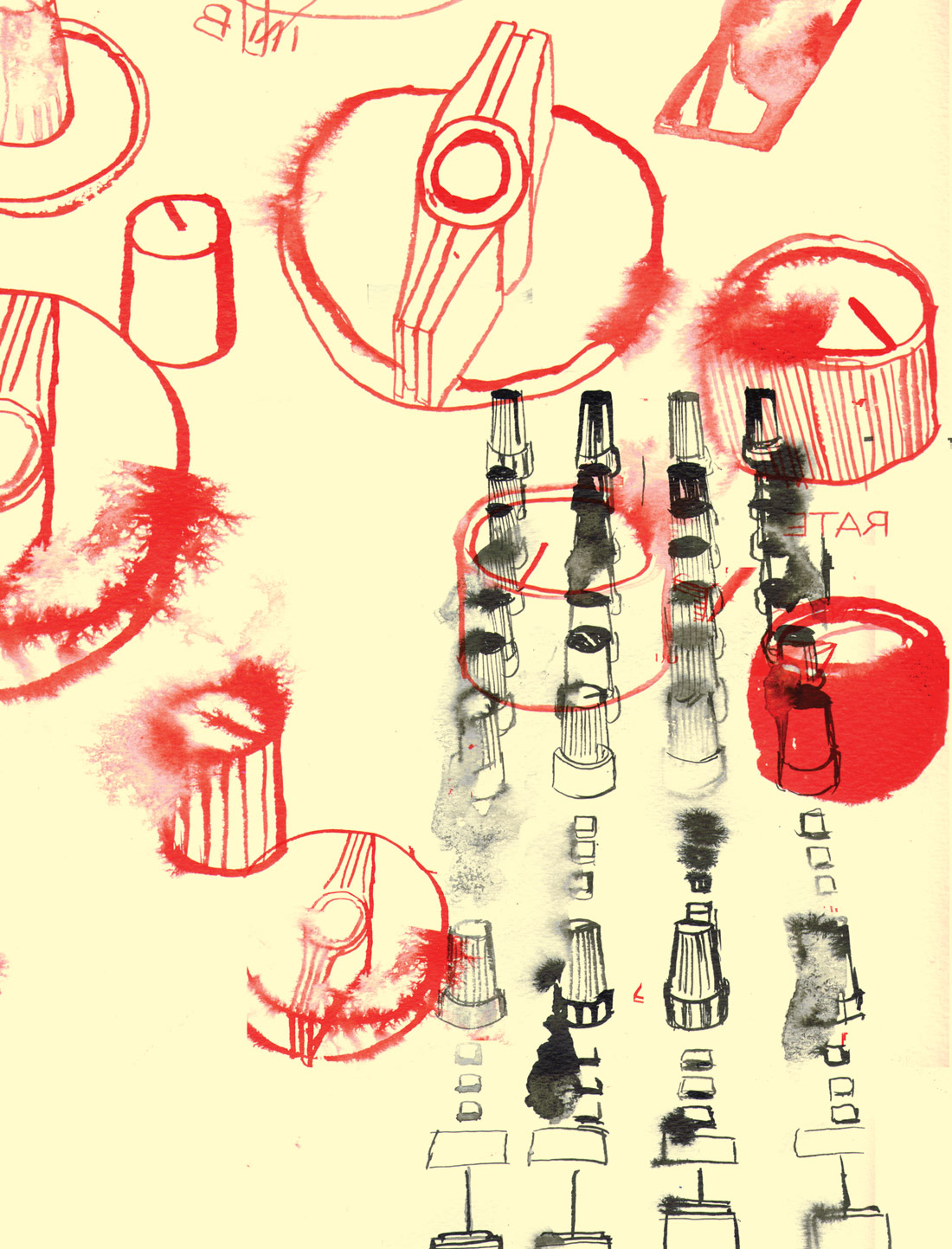

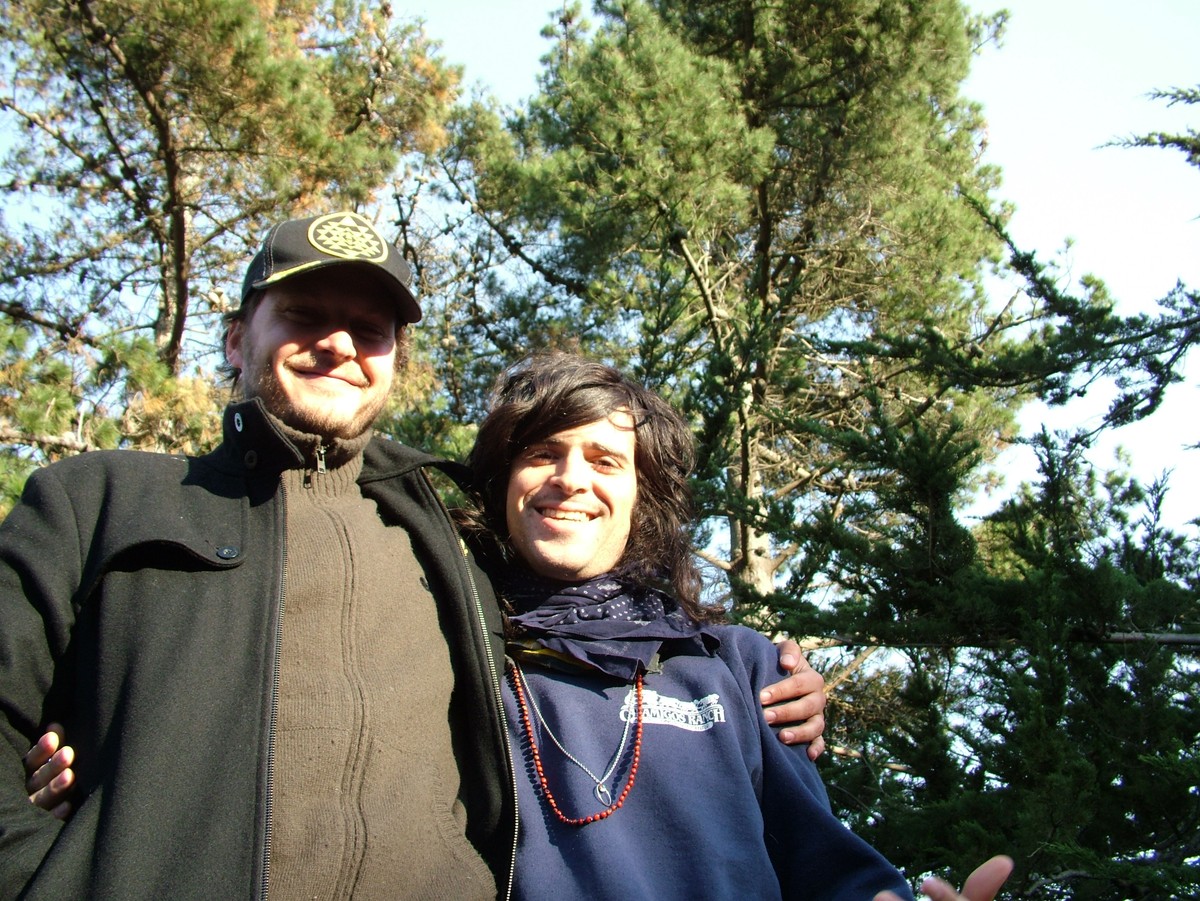
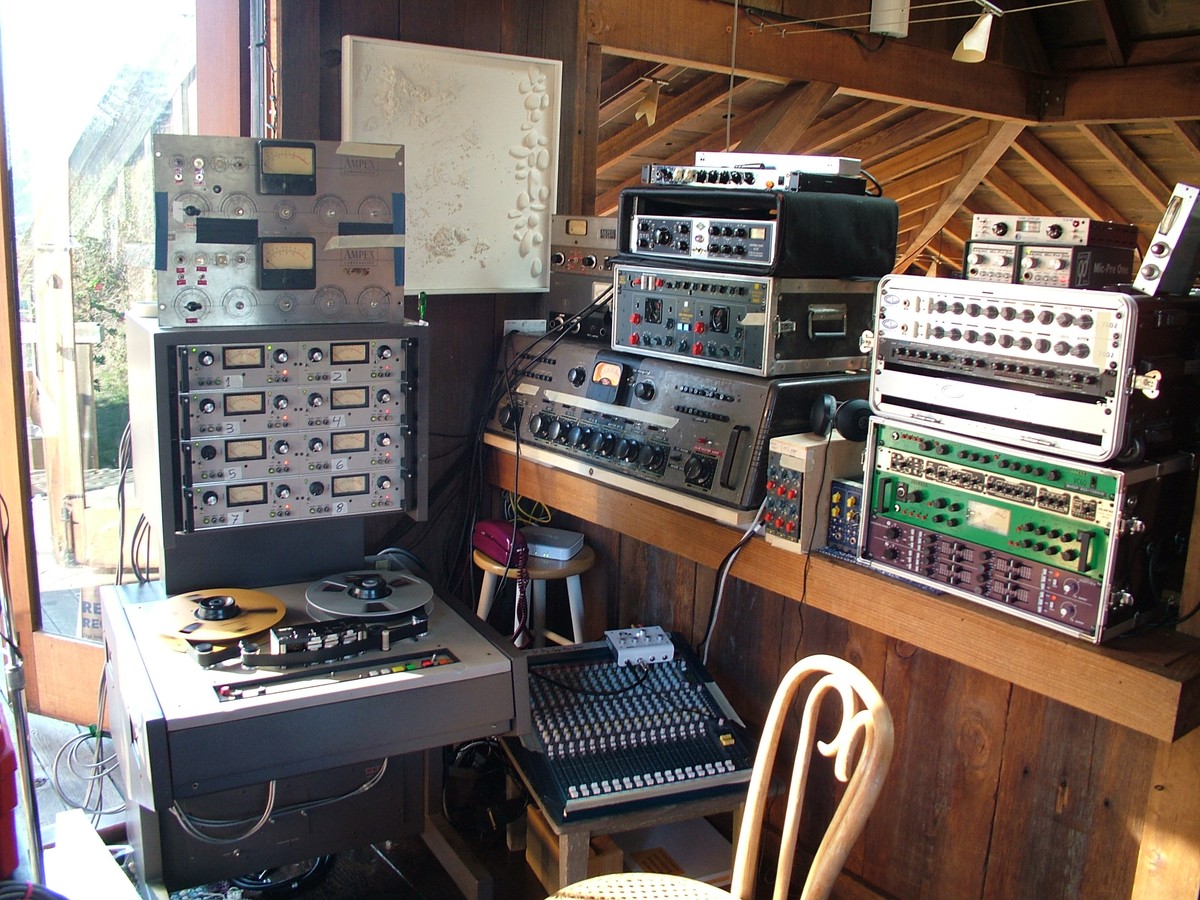
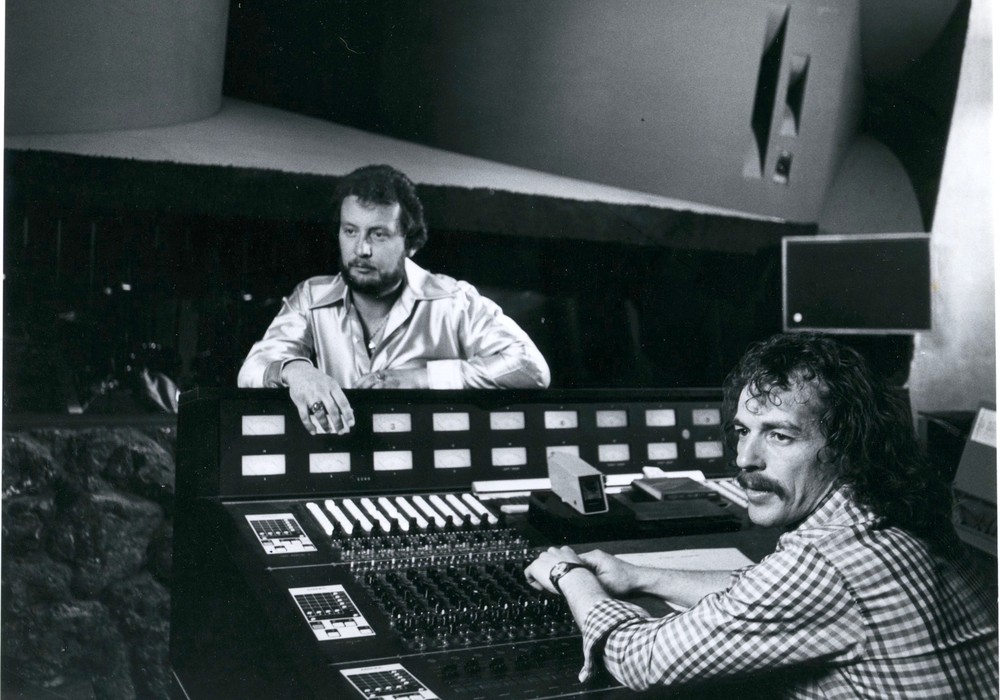
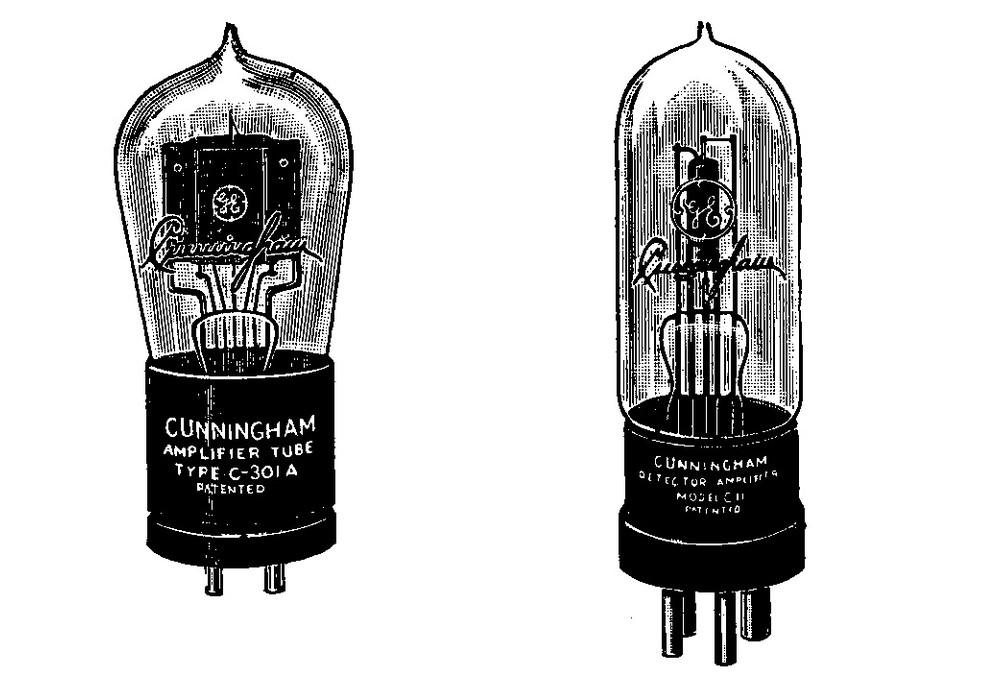
_display_horizontal.jpg)
